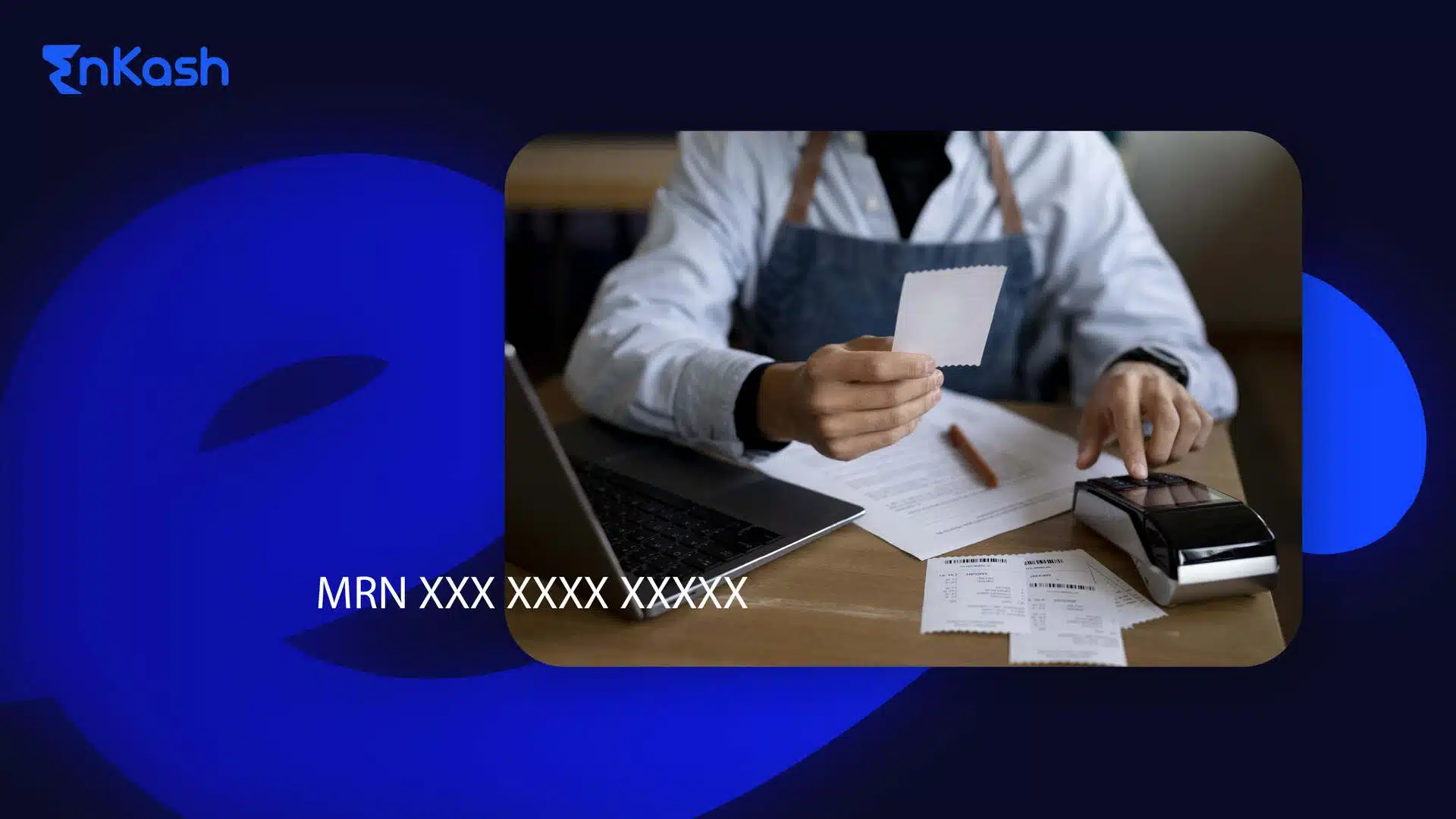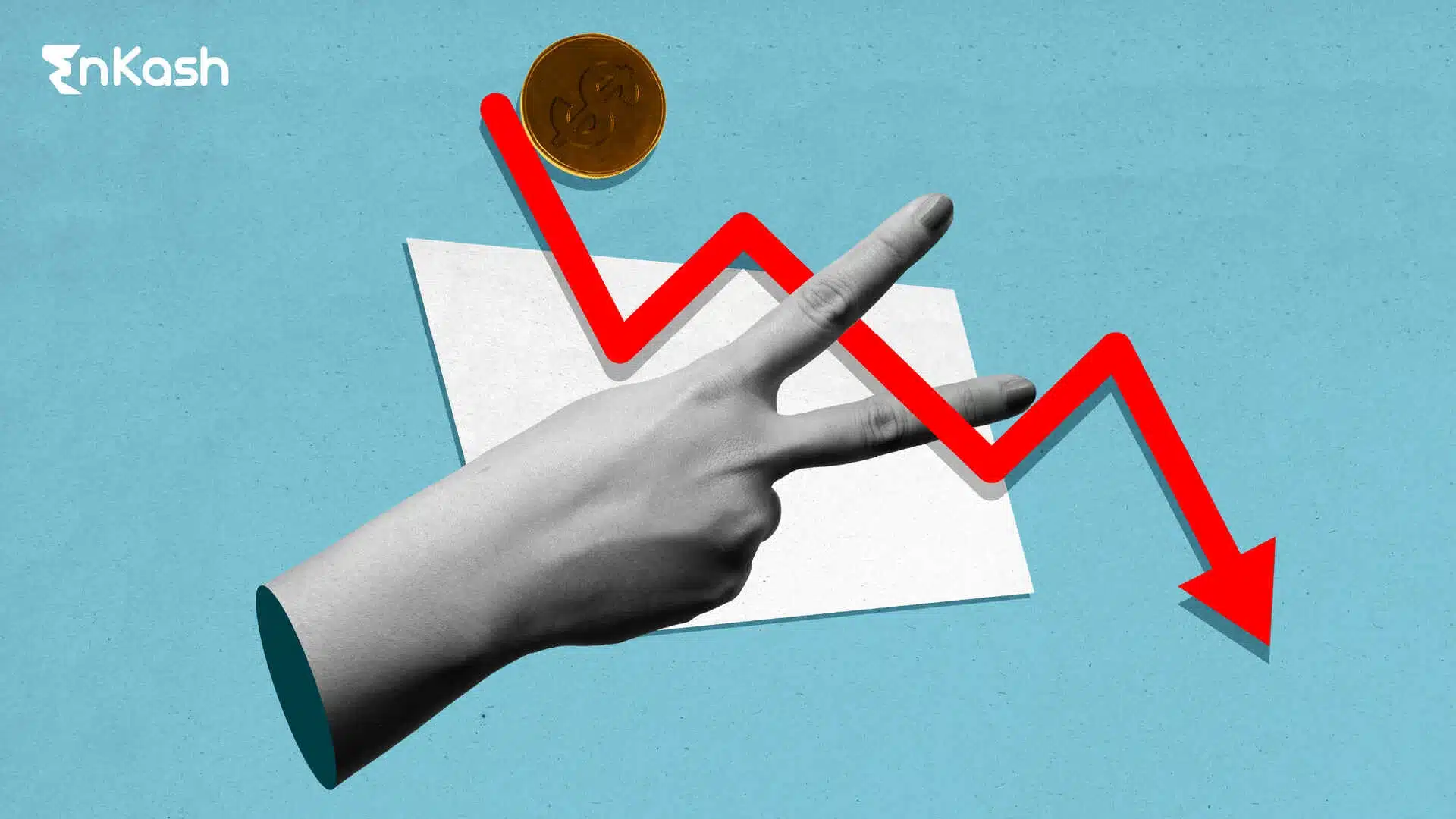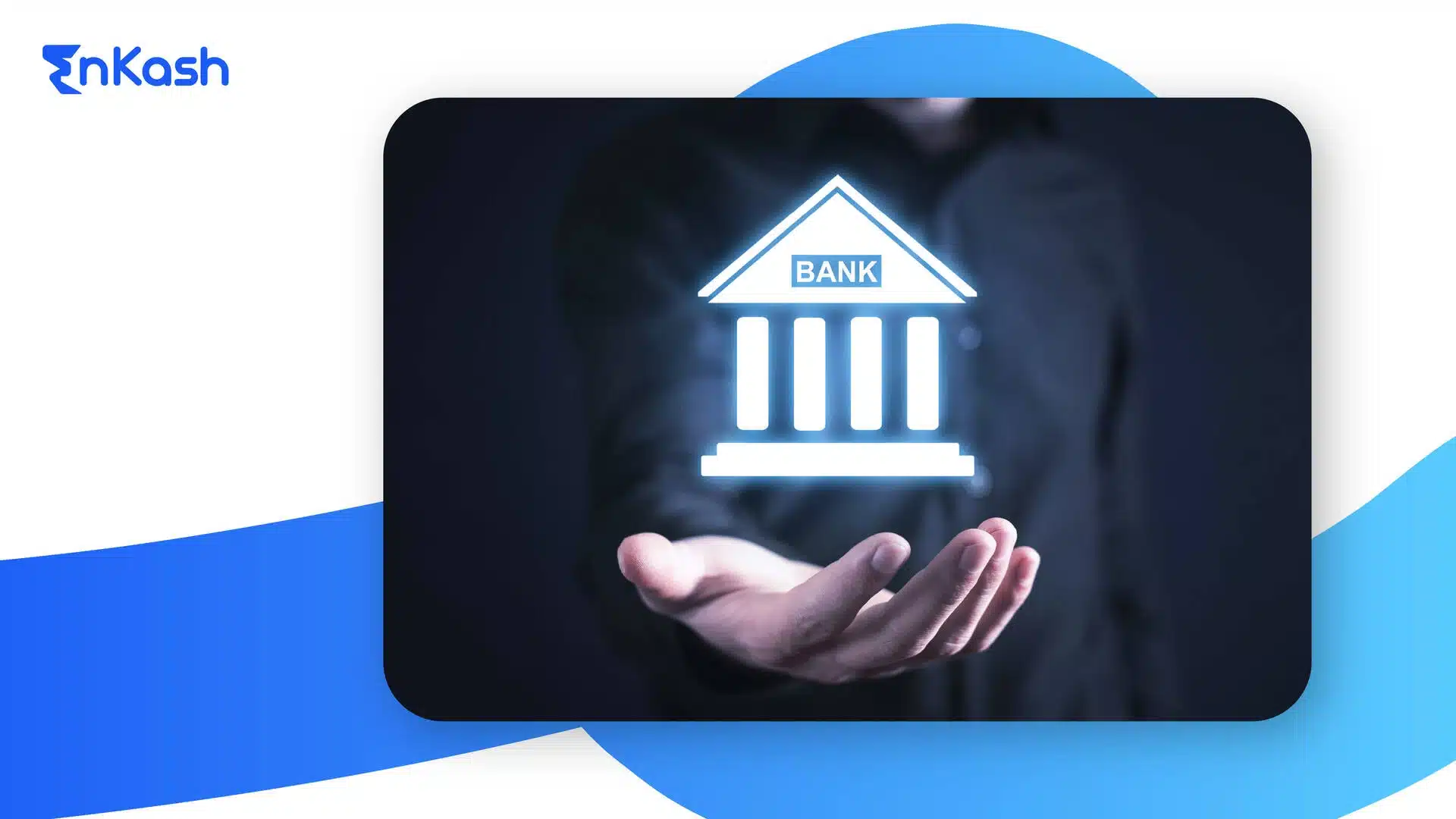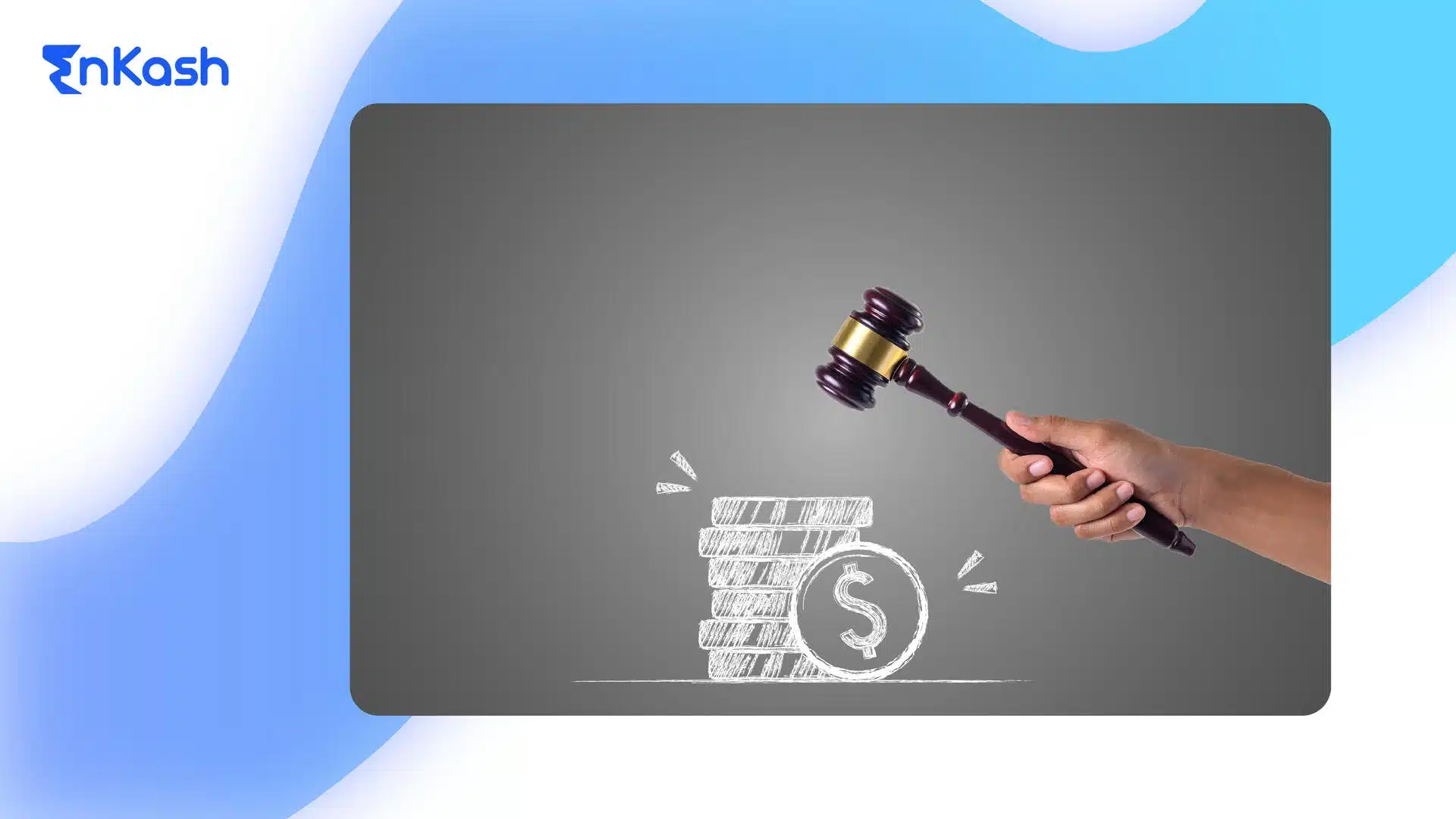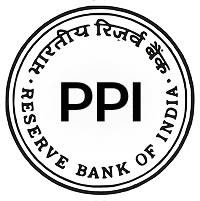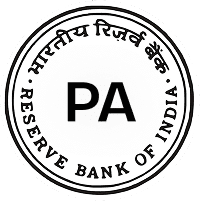What is MRN
A merchant reference number is a unique code created by a merchant’s system or payment gateway to identify a specific transaction. It connects the customer’s payment with the corresponding order, ensuring both are linked correctly in the records.
The merchant reference number is essential for tracking. It allows merchants to verify payments, manage refunds, and respond to customer queries with accuracy. When banks or payment partners trace a transaction, this number helps them locate the exact record in seconds.
MRN Full Form
The full form of MRN is Merchant Reference Number. It is automatically generated when a customer makes a payment through an online platform, app, or point-of-sale system. Each transaction receives a distinct MRN so it can be tracked independently.
MRN Meaning
The MRN functions as a transaction tag within the merchant’s ecosystem. It sits alongside other identifiers like order IDs or invoice numbers, but is designed specifically for payment validation. When a payment succeeds or fails, the MRN reflects that outcome in the merchant’s records.
It also plays a central role during reconciliation, where merchants match incoming payments with customer orders. Without an MRN, distinguishing between multiple payments of the same amount would be complicated.
Role of MRN in the Payment Process
In the payment chain, the MRN acts as the merchant’s reference point. Once a customer initiates payment, this number travels through the payment gateway and returns in the transaction reports. It stays consistent from the moment the order is created until the payment settles.
Merchants use MRNs for several functions:
- Linking payment confirmation to the right order.
- Tracking pending or failed transactions.
- Simplifying refund and chargeback management.
- Maintaining an auditable payment trail for compliance checks.
Because of its precision, the merchant reference number reduces errors that occur when multiple transactions happen within short intervals. It ensures that every payment is verifiable, accountable, and tied to the correct customer activity.
MRN Format and Structure
The format of an MRN depends on how a merchant’s system is configured. Some businesses use prefixes such as ORD or PAY followed by random digits, while others embed the date or internal order code.
Examples include:
- MRN-345781-ORD
- PAY-20251011-9094
- STORE-MRN-52831
Every MRN must remain unique to prevent mismatched entries during reconciliation. In systems like merchant reference number SBI ePay, users can enter this code on a tracking portal to verify if a transaction was successful or refunded.
In essence, the MRN is the merchant’s transaction fingerprint, a short identifier that keeps the payment process transparent and traceable from start to finish.
MRN vs Transaction Reference Number vs Merchant Number
In a payment cycle, several numbers appear at different stages, each serving a unique purpose. The merchant reference number, the transaction reference number, and the merchant number may sound similar, but they are not interchangeable. Understanding the distinction helps both merchants and customers trace transactions accurately.
Transaction Reference Number
A transaction reference number is created by the bank or payment processor once a transaction is completed. It is recorded in the banking system, often visible in the customer’s statement or SMS alert. This number is used when banks trace payments, handle reversals, or confirm fund transfers.
For example, if a customer pays a bill online and the amount is deducted but not reflected, the bank will ask for the transaction reference number. It allows them to locate the payment within the banking network and verify its final status.
Unlike the merchant reference number, this code belongs to the banking side of the transaction. It identifies the financial movement rather than the order or product linked to it.
Key Differences Between MRN, Transaction Reference Number, and Merchant Number
Basis of Comparison |
Merchant Reference Number (MRN) |
Transaction Reference Number |
Merchant Number (MID) |
Generated By |
Merchant system or payment gateway |
Bank or payment processor |
Acquiring bank or PSP |
Purpose |
Links customer order with payment |
Identifies the bank-side transaction |
Identifies the merchant within the payment network |
Uniqueness |
Changes with every transaction |
Changes with every transaction |
Fixed for the merchant |
Visibility |
Merchant dashboard, customer receipts |
Bank statements, transaction alerts |
Merchant account records |
Usage |
Order tracking, refunds, dispute checks |
Payment trace, chargeback handling |
Settlement and authorization |
How They Work Together
A single payment can hold all three identifiers. For instance, when a customer pays through an online portal:
- The merchant reference number links the order to the payment.
- The transaction reference number is created once the amount moves through the bank’s system.
- The merchant number identifies which business receives the payment.
During reconciliation, these numbers connect the dots between the bank, gateway, and merchant. If a refund or dispute arises, support teams can use all three to verify the payment flow without confusion.
Common Misunderstandings
Customers sometimes assume that all reference numbers mean the same thing. In reality, each belongs to a different layer of the payment process. Entering a bank reference number on a merchant’s tracking page may not show results, as that system recognizes only the merchant reference number. Similarly, giving an MRN to a bank will not help trace funds inside their network.
Clarity about which reference to use saves time and prevents miscommunication between customers, merchants, and banks. Each number holds its own place in the digital payment chain: the MRN for merchants, the transaction reference for banks, and the merchant number for account identification.
How to Find Merchant Reference Number
Every digital payment generates a unique identifier called the merchant reference number. This number stays within the transaction record and can be found through different sources, depending on how the payment was made. Whether the purchase happened through an online portal, mobile app, or point-of-sale terminal, there are clear ways to locate it.
On Payment Receipts and Confirmation Pages
The most common place to find the merchant reference number is on the payment confirmation screen or electronic receipt. After a successful transaction, most systems display a line that says Merchant Reference Number or Order Reference. It may also appear on a downloadable invoice or a confirmation email.
Customers can scroll to the section that lists order details, payment method, and amount paid. The MRN is usually found near those details. It can be a combination of letters and numbers, such as MRN-20251011-56782.
Inside Merchant Dashboards or Transaction Records
Businesses that accept online payments can locate the merchant reference number inside their transaction management panel or sales dashboard. This section maintains records of every payment processed, showing details such as amount, mode of payment, and current status.
By searching with the customer’s order date or payment amount, the system displays the matching record along with its MRN. This allows merchants to verify transactions, issue refunds, and resolve payment queries without confusion.
Through Merchant Support
If the customer cannot find the MRN on their receipt, they can contact the merchant’s support team. Sharing the date, payment amount, and reference from the bank will help the team trace the correct MRN in their system.
The MRN is part of every transaction log. Even if it is not printed on the receipt, it can be retrieved easily by the merchant. It is always better to contact the business directly instead of the bank since the MRN is generated on the merchant’s side.
In Point-of-Sale or Store Payments
For payments made at physical outlets, the merchant reference number is usually printed on the customer’s slip. It can appear near terms like Order Reference, Transaction Reference, or Merchant Ref No. The format may vary, but it typically includes a prefix or short code identifying the merchant system followed by a unique sequence of digits.
Example: Merchant Ref No: MRN-485921-73.
Customers paying through QR codes or other digital collection methods can also find the MRN inside the transaction summary on the merchant’s device or application interface.
When You Only Have a Bank Reference
Sometimes, customers have a bank or transaction reference number instead of the MRN. In such cases, the merchant can cross-check their internal reports by using the transaction date and amount to locate the corresponding merchant reference number.
This cross-matching helps both sides verify the same transaction record, ensuring that no duplicate or missing payments remain unresolved. The MRN ties the customer’s payment trail together, allowing quick confirmation whenever there’s a doubt about transaction status.
Importance of MRN
A merchant reference number may seem like a small detail, yet it carries a quiet kind of authority in every digital payment. It is the thread that keeps a transaction from unraveling, connecting what the customer pays to what the merchant receives. When this number exists and is used properly, the entire payment chain becomes simpler, cleaner, and easier to trust.
Here’s why it holds real weight:
- Ensures transaction accuracy
Each transaction receives a specific code that separates it from the rest. No confusion between two orders that share the same amount or payment time. - Simplifies reconciliation
The merchant reference number acts as a bridge between the order and the payment record. Merchants can confirm that every amount received belongs exactly where it should. - Speeds up refund tracking
When a refund is processed, the MRN helps identify the exact transaction to return. No guessing, no manual search through endless records. - Helps during disputes
If a customer reports a failed payment or duplicate charge, the MRN gives support teams an instant path to the transaction’s record. That single code can close a case in minutes. - Supports clean financial audits
MRNs leave a traceable mark in every report. During reviews, auditors can follow each number to the original payment without gaps or missing data. - Makes customer support efficient
Service teams can pull complete details using the MRN within seconds. It shortens response time and builds confidence for both sides. - Promotes transparency
Both merchant and buyer can verify the same transaction from different systems. It keeps communication open and reduces doubt about payment success. - Prevents operational errors
Duplicate entries and mismatched payments rarely happen when MRNs are used properly. Every payment stands on its own identity. - Keeps records organized
MRNs make data retrieval effortless. Whether it’s for reconciliation, reporting, or performance checks, the payment history stays intact and easy to read.
The merchant reference number works quietly but keeps digital payments honest. It protects the flow of money from confusion, leaving a clear trail from the first click to the final confirmation.
Ref No Meaning in Payments
A reference number in payments acts like a digital fingerprint that ties every stage of a transaction together. It can refer to a merchant reference number, a bank reference, or a unique code generated by the payment processor. Each serves its own layer of tracking, yet all share a single goal, to identify a payment without confusion. When a customer sends money, both systems, the merchant and the bank, record their own references.
The merchant reference connects the payment to the order, while the bank reference traces the fund’s journey through its network. During a refund, dispute, or audit, these identifiers make it possible to locate a transaction instantly, even among thousands. Each reference stands alone, carrying details that confirm the payment’s authenticity and completion. Without them, tracing money movement would rely on guesswork instead of certainty.
Common Use Cases of MRN
The merchant reference number finds its purpose in countless transactions, both digital and in-store. It keeps every payment traceable, helping systems stay orderly and transparent. Here’s how it quietly supports different stages of commerce:
- E-commerce transactions
Every online order receives a distinct MRN that links the payment to the product purchased. It ensures that the amount paid by a customer lands against the correct order. - Refunds and reversals
When payments need to be returned, the MRN leads support teams straight to the right record. It removes the guesswork from refund tracking and helps confirm that money has been credited back properly. - Daily reconciliation
Merchants use MRNs to balance their ledgers. Each payment logged under a matching MRN confirms that funds were settled accurately between the merchant and the bank. - Utility and service payments
Bill payments, ticket bookings, tuition fees, or event registrations rely on MRNs to record each completed payment in an organized way. - Dispute resolution
During payment failures or delays, the merchant reference number allows quick cross-verification between the customer’s statement and the merchant’s records. - Financial tracking and analytics
Businesses use MRN data to monitor payment volumes, customer activity, and settlement patterns over time.
Closing Thoughts
The merchant reference number keeps digital payments organized and traceable from the first click to the final confirmation. It links each transaction to the exact order it represents, leaving no space for confusion. Merchants rely on it to reconcile accounts, process refunds, and respond quickly to customer queries. Banks and payment systems depend on it to verify records and track money flow accurately. For customers, it brings clarity when they need proof of a successful payment or help resolving a dispute. In a world where countless transactions happen every second, the merchant reference number stands as a quiet safeguard, giving every payment a unique identity and ensuring transparency between the payer and the receiver.
FAQs
1. Is MRN the same as UTR/RRN in India?
No. MRN is merchant-side; UTR/RRN are bank/NPCI references used to trace payments in the banking network.
2. What is the difference between a merchant reference number and an order ID?
A merchant reference number is created by the payment system to track the financial side of a transaction, while an order ID is generated by the store to track the purchase itself. Both may look similar, but the MRN focuses on payment verification, whereas the order ID handles logistics and product management.
3. Is the merchant reference number the same as a transaction ID?
No, they serve different functions. A transaction ID is assigned by the bank or payment processor when the payment is completed, while the merchant reference number is created by the merchant or payment gateway before the transaction even begins. The MRN links the customer’s payment with their order internally.
4. How long should merchants keep a record of MRNs?
Merchants should retain merchant reference numbers for as long as financial records or audit logs are required by regulation. This can range from three to ten years, depending on the business type. Keeping them helps with refunds, reconciliations, and compliance checks long after a transaction has settled.
5. Can two payments share the same merchant reference number?
No, each merchant reference number must be unique. If two transactions share the same code, reconciliation becomes difficult and can lead to reporting errors. Modern payment systems are designed to automatically generate fresh MRNs for every new order to prevent duplication and maintain data accuracy.
6. What happens if a merchant reference number is missing on a receipt?
If the MRN is not displayed on the receipt, customers can contact the merchant and provide payment details such as date, amount, and method of payment. Using this information, the merchant can trace the MRN from their backend records to verify the transaction and share it with the customer if needed.
7. Can a customer use a merchant reference number to track payment status?
Yes, the merchant reference number can be used to check the status of a transaction through the merchant’s tracking page or support system. By entering this number along with other details, customers can confirm whether a payment has been received, refunded, or still pending in processing.
8. Why do some systems show multiple reference numbers for one payment?
A single payment can generate multiple identifiers. The merchant system issues an MRN, the payment gateway adds its internal reference, and the bank produces a transaction reference. Each belongs to a different layer of the payment flow, and together they create a complete audit trail for verification.
9. How can the merchant reference number help during payment disputes?
During disputes, the merchant reference number provides the most reliable link to the payment’s record. It allows both the merchant and the payment provider to quickly locate and verify the transaction, which helps in resolving chargebacks, failed payments, or delayed settlements without prolonged investigation.
10. Does the merchant reference number change after a refund?
No, the original merchant reference number stays tied to the initial payment even after a refund is issued. Refunds are logged under the same MRN, ensuring that both the debit and credit transactions remain connected. This linkage maintains accuracy during audits and simplifies future reference.
11. Can customers identify fraud using a merchant reference number?
While the MRN itself does not detect fraud, it can help verify authenticity. If a merchant reference number does not appear valid or cannot be found in the merchant’s system, it may signal a fake receipt or payment claim. Checking with the merchant or platform directly can confirm whether the MRN is genuine.

